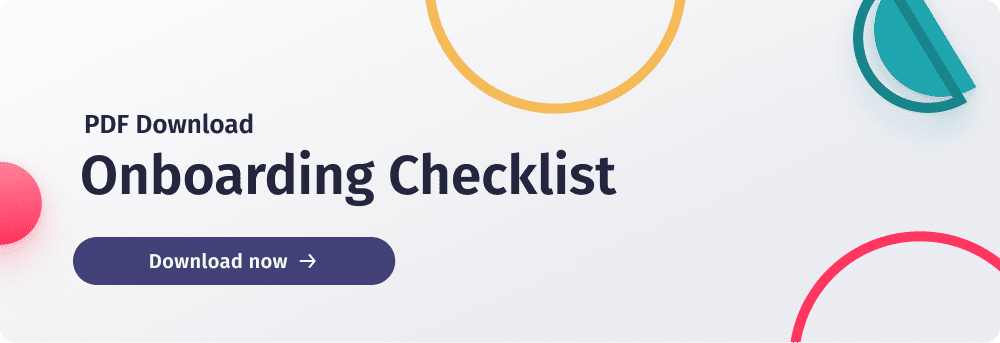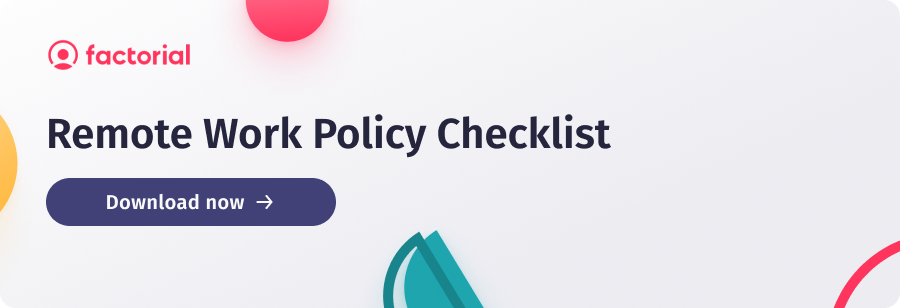The hiring and onboarding of remote employees have become a regular task for recruiters and companies across the UK. And thanks to advancements in HR technology, these onboarding processes have become considerably easier over time.
However, for new employees, remote onboarding can be challenging. There is so much to take in, and doing it all remotely can sometimes be harder. This is why it is vital that your company has a clear onboarding plan to aid remote employees through the onboarding process.
Table of Contents
An effective onboarding process has been proven to improve retention by 82%, as employees are twice as likely to move jobs if they have a negative onboarding experience. So starting the onboarding process well will save your company a lot of money and time. Therefore, nailing the remote onboarding process is not so much a need, but a necessity. This article will uncover the top tips vital to making remote employees’ onboarding process as plain sailing and least daunting as possible.
Create a Remote Onboarding Checklist
It is useful to have a checklist of all the things you need to include in the onboarding process. This will help guide managers in making sure they cover everything they need to in the induction week. This will also prove beneficial to the new remote employees. A clearly set out guide will show the remote employees what their week ahead will look like, so they have a clear idea of what to expect and the goals they are expected to achieve in the coming weeks. This informs them of their onboarding schedule and will show them that their onboarding process has been meticulously planned and organised around them. Giving them a clear structure. Therefore making them feel assured and more at ease.
Provide Employees with a Digital Company Handbook
Provide your remote employees with a digital employee handbook. This could detail company culture, values, the team, ongoing projects, etc. This will help the new employees get to know and understand the company better, easing them into the process of working there.
Announce the New Employees' Arrival
It is very important to introduce the new remote employees to the rest of the team. This can be done via a team messaging platform such as Slack. You could include a few sentences that the new employee has written about themselves, so that other employees feel they know a little bit more about them and therefore will feel more comfortable approaching them to make them feel welcome. This also works the other way around. By announcing the arrival of the new employee, it will help them feel more comfortable messaging their teammates if they have any issues or need help with something.
Have Your First One-on-one
Arrange a one-on-one with the new employee straight away. This establishes a relationship between the new remote employee and the manager straight away. In this first meeting, you should discuss all the logistical aspects of the new job and give them the opportunity to ask any questions.
Provide regular check-ins
It is important to arrange regular video call check-ins with the new remote employees to see how they are doing. In a study conducted, it was revealed that employees with good support in place during their onboarding are 54% more productive generally. In the beginning, these could take place every day, to make sure the new hire feels supported and has someone to talk to if they have any issues. After the first week, arrange a check-in 2 to 3 times a week, however, be clear that if they require more meetings, you will be happy to cater to their needs. This is vital to helping make them feel supported.
Invoke a buddy program
New remote employees have been found to feel a sense of imposter syndrome. With this comes the feeling of being isolated and not knowing who to ask for feedback and help. This is why buddy programs are so important in facilitating new hire success. In a study conducted, buddy programs have been proven to boost new hire proficiency by 87%.
By setting up the remote employee with a buddy, this buddy can be their point of call to answer any issues they may have. The employee may feel too awkward or shy to ask multiple questions to their manager. But with a buddy, they might feel more comfortable asking more questions.
Promote Collaborative Learning
Creating group projects for remote employees, it forms relationships between the new employees and other colleagues. This will work to make them feel more comfortable and confident. Meaning the more confident they feel, the more likely they are to contribute their suggestions and ideas in group meetings.
However, this is not only good for establishing relationships, but also provides the opportunity to cross-train teams. This means that employees from different sectors of the company can learn from each other.
Onboarding Is a Process
Just like how physical onboarding is a process, so too is remote onboarding. Make sure you don’t make the mistake of regarding it as just a one-week thing. The learning process is constant, so setting the onboarding process to one week it can make new employees feel pressurised to know and understand everything, which is impossible to achieve in only one week.
Many organisations only provide one week of onboarding, which is simply not enough time. Research shows that the best employee onboarding programs extend from 90 days to a year. So that new remote employees feel fully trained and capable to do their very best.
Ask for Feedback
Lastly, it is important to ask your remote employees for feedback on the onboarding process. Ask them what went well and what they liked, and also what they think you could have improved on. Having gone through the process they will be the best equipped to give you constructive feedback. Their advice is vital to making your company’s future onboarding process as good and as effective as possible.
Factorial’s Onboarding Feature
Factorial’s employee onboarding feature enables a smooth personalised onboarding process for each and every contracted remote employee. It guarantees your employees a quality onboarding experience through structured task flows, increasing the efficiency of how quickly you obtain results. These task flows can be customised and assigned to certain people. Informing all employees of their pending tasks and of their scheduled completion date.









